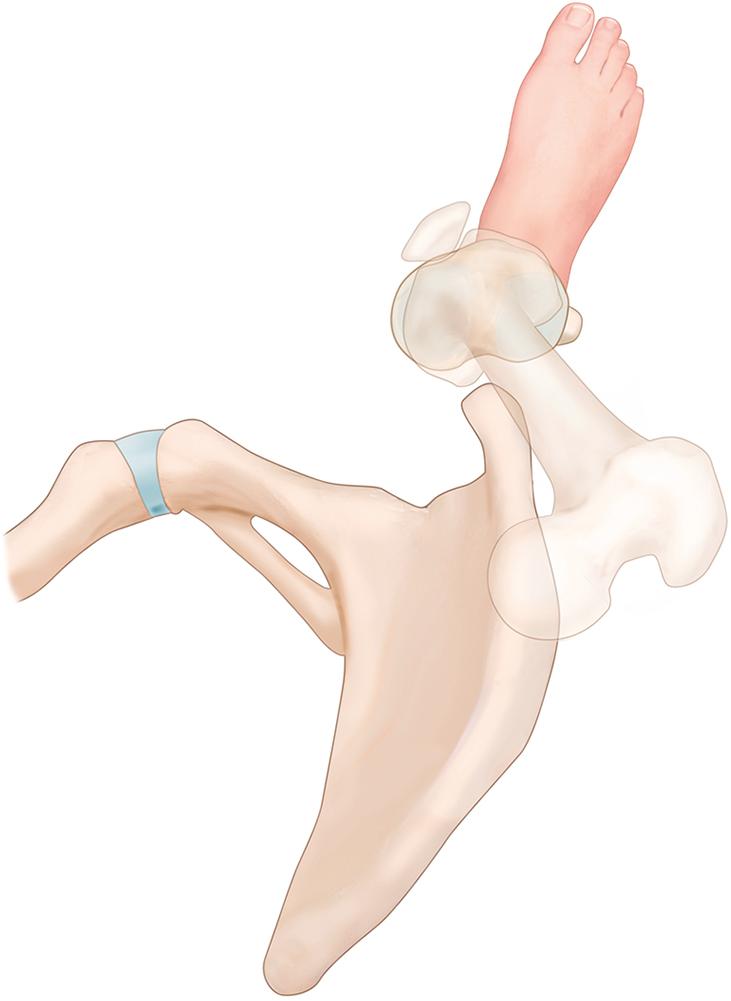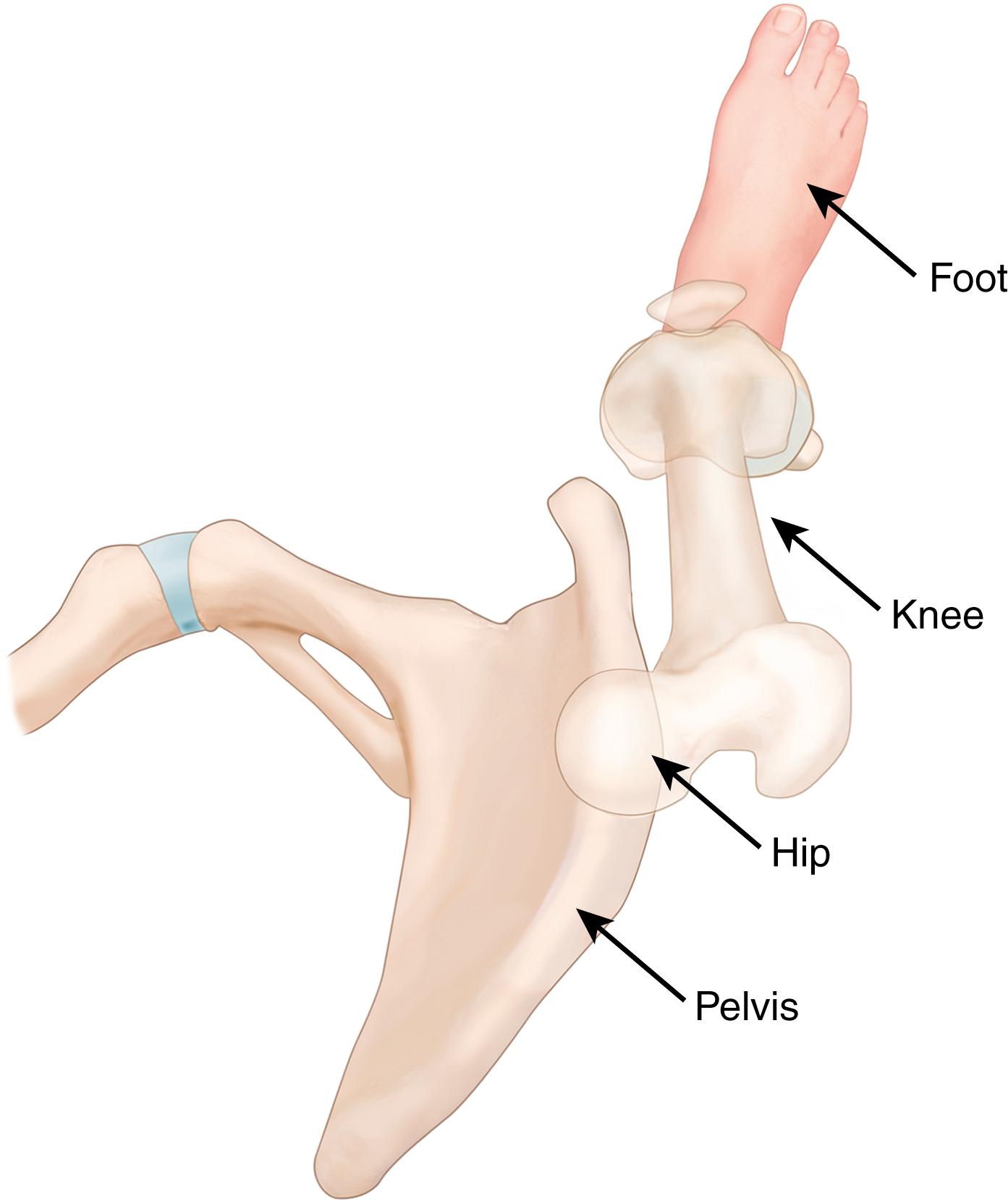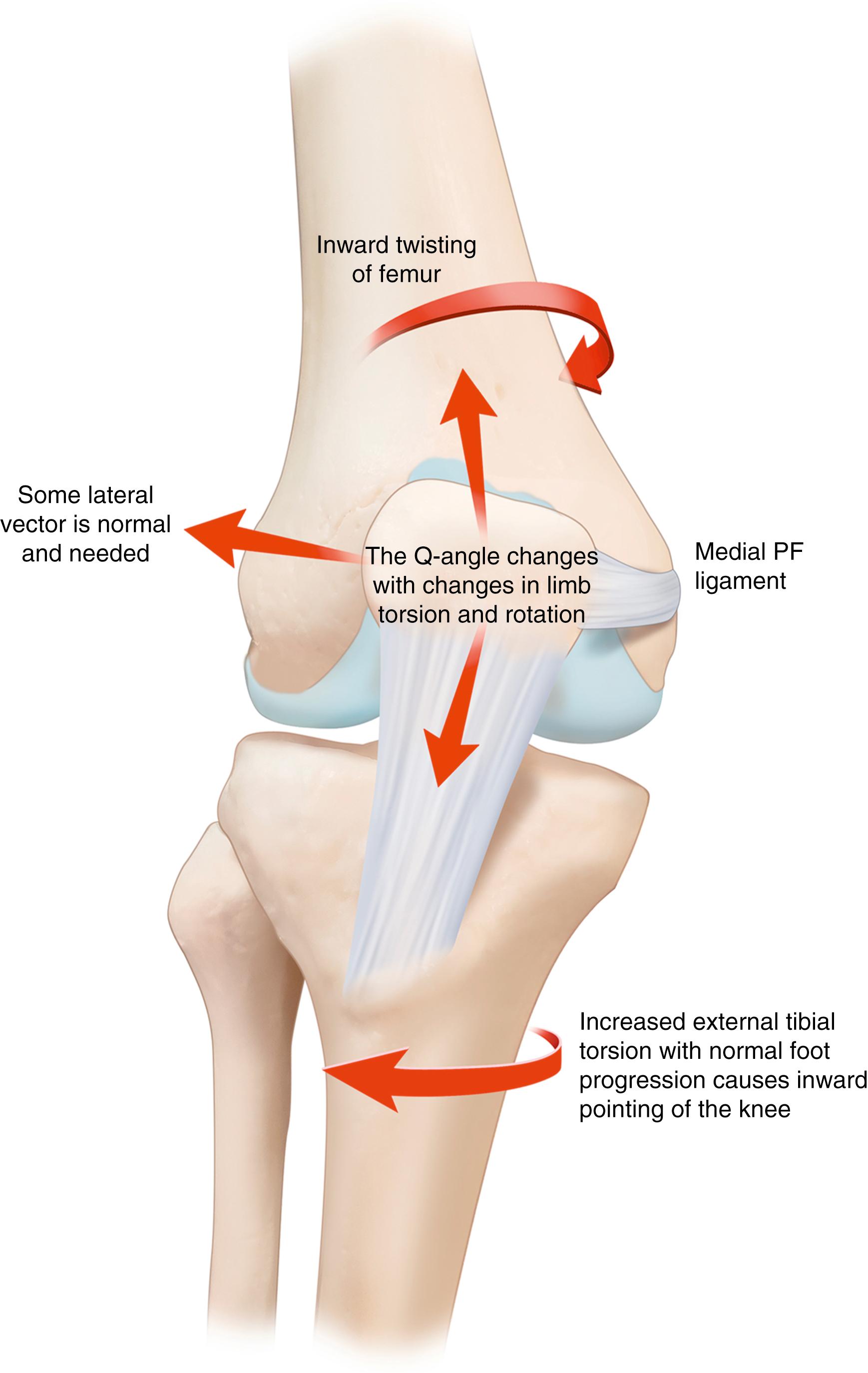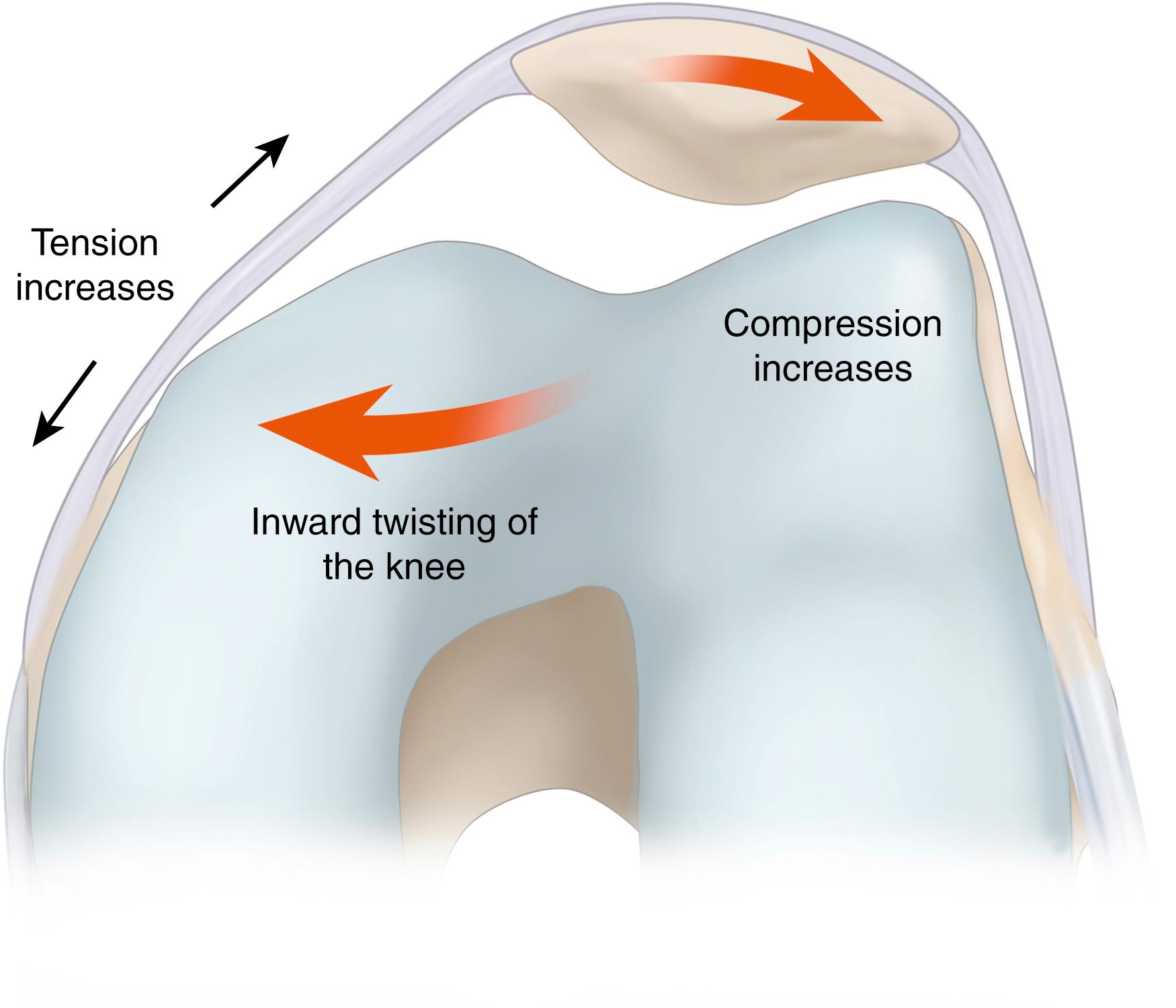Physical Address
304 North Cardinal St.
Dorchester Center, MA 02124
It is the author’s opinion that patellofemoral (PF) symptoms should be considered as those that arise from the joint itself and are considered intrinsic factors and those that are caused by forces external to the joint itself and are considered extrinsic factors.
The intrinsic factors are largely the recipients of the applied forces and include ligaments, the patella and trochlea, both articular surfaces and subchondral bone and the tendons. Instability caused by ligament injury, tendinosis, arthrosis and chondral damage are examples of intrinsic failure. These intrinsic factors also include such PF joint variations from normal as a high-riding or low patella, a dysplastic patella, and dysplasia of the trochlea. These factors may alter the ability of the PF joint to accept load, but the forces that are causing the tissue failure are all extrinsic. To address the failed tissue with procedures such as cartilage surgery without addressing the excess load that caused the failure is inviting further failure.
Extrinsic factors generate the load to which the knee joint is subjected. These include the body mass, the distance from the centre of mass to the knee joint and to the ground (i.e., the length of the lever arms), and the total force of muscles required to control acceleration, deceleration and resistance to gravitational pull of the body mass (balance). The shape of the skeleton largely determines the location and orientation of the knee joint between the body mass and the ground. The skeletal shape also determines the direction of muscle pull on the patella and the consequent location of the weightbearing vector. Osteotomy to correct the skeletal alignment to unload the PF joint is analogous to correcting a varus deformity to unload the medial knee compartment.
PF dysfunction includes (1) PF instability, (2) anterior knee pain and (3) PF arthrosis and chondromalacia. All may be caused by a change in normal vector application.
PF instability is a result of (1) inadequate bony and ligament resistance to a displacing force, (2) an excess of displacement forces or (3) a combination of both. To consider only the restraints to patellar displacement is to ignore the force that causes the displacement.
Brattström in 1968 demonstrated the high correlation between recurrent dislocation of the patella and a shallow trochlea. The lack of a sufficient trochlear contribution to stability subjects the PF ligaments to a greater stress than they were designed for, and failure is common. Brattström also defined the Q-angle as reflecting the direction of the quadriceps vector. This normal quadriceps vector pulls laterally. Brattström also explained how this quadriceps vector is increased by an inward rotation of the knee joint and would be altered by rotational femoral osteotomy as proposed by prior authors. An increase in the displacing force on the patella that is due to skeletal maltorsion may be sufficient to convert a potentially unstable patella into actual patellar instability. With patellar restraints sufficient to prevent instability, these extrinsically generated forces often cause pain.
Insall in 1976 stated chondromalacia most often is due to a knee joint that points inward, while the hip joint and ankle joint point forward ( Figs. 29.1 and 29.2 ). James in 1979 used the term miserable malalignment to define a skeletal anatomical pattern commonly seen in patients with anterior knee pain. Miserable malalignment as described by James included ‘[increased] femoral anteversion, squinting patellae, genu varum, patella alta, increased Q angle, [increased] external tibial rotation, tibia varum and compensatory pronation of the feet’. He later suggested tibial rotational osteotomy to correct this. Lerat et al. noted a P < .0001 correlation between patellar instability and increased femoral anteversion and a P < .001 correlation between femoral anteversion and chondromalacia. Cooke et al. presented a series of seven patients with anterior knee pain and an inward pointing knee treated with internal rotational tibial osteotomy. The condition has most commonly been recognised in children. It is now clear that each of the factors seen by James may act independently or in combination. The relative mechanical importance of each factor has not been measured, but some studies have been undertaken.


This excess inward pointing of the knee ( Fig. 29.3 ) introduces an excess force pulling on the medial soft tissues and compressing the bone laterally ( Fig. 29.4 ). This may result in pain, in instability or in arthrosis and positive correlations between anterior knee pain, patellar instability, patellar arthrosis/chondromalacia and increased femoral anteversion. Because anterior knee pain, patellar instability and patellar chondropathy are multifactorial, adequate studies are not available to indicate when to add torsional realignment procedures. I believe limb maltorsion is always a contributing factor, but biomechanical and clinical evidence to suggest what specific angular deformity needs correction does not exist.


If osteotomy could be accomplished with absolute precision and without morbidity, then it is this author’s opinion that it has a place in every case of PF dysfunction in which it is present. However, absolute precision and complete absence of morbidity does not exist. The absolute mechanical importance of different maltorsions also is unknown. Preliminary mechanical studies indicate a 30-degree increased femoral anteversion greater than normal causes a 30% increase in lateral patellar facet pressures and a 14% increase in medial retinacular strain.
Become a Clinical Tree membership for Full access and enjoy Unlimited articles
If you are a member. Log in here